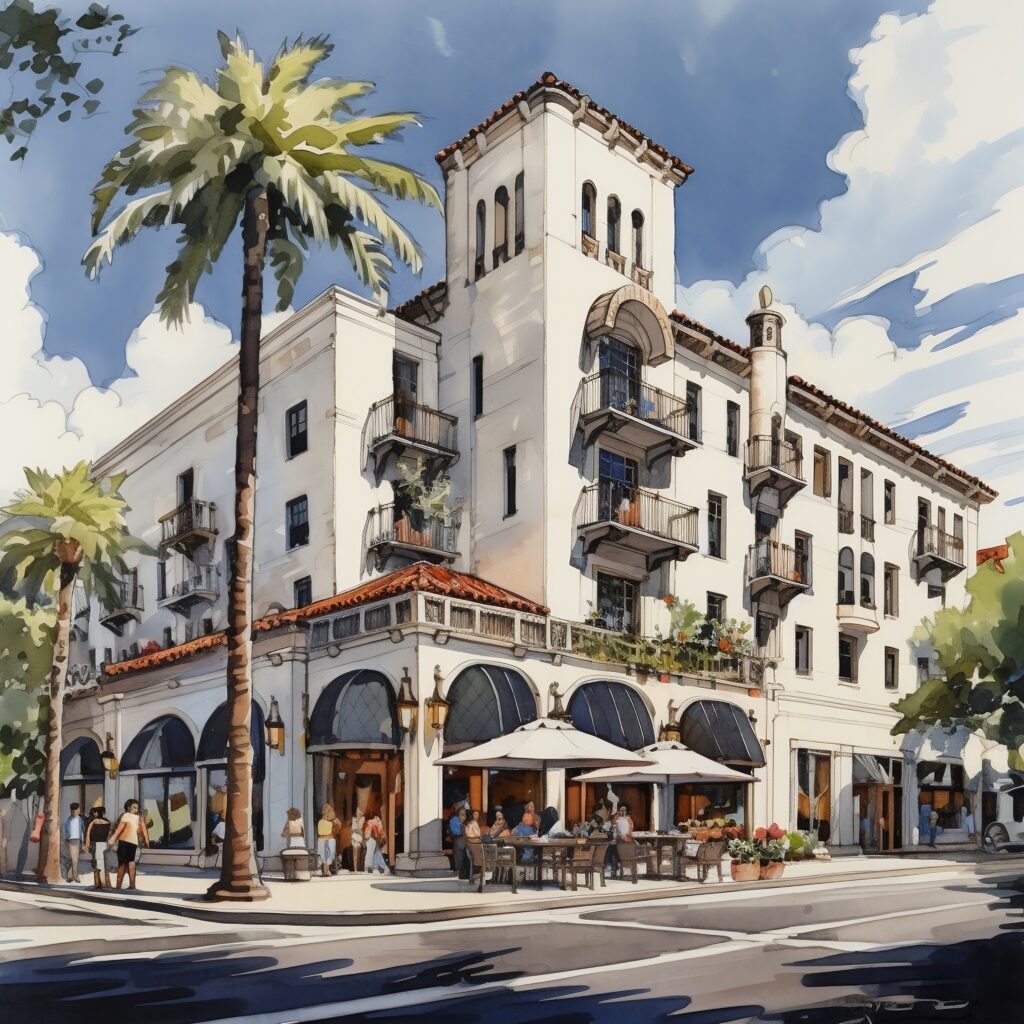A National Quality of Life Movement

Image generated by Paul Coogan using Midjourney AI
At first glance, the term “Smart Growth” may sound like the marketing pitch of a developer proposing a futuristic airport and convention center linked by a high-speed monorail. However, when we delve into the principles of this national movement, we discover more common sense than Tomorrowland.
The fundamental premise of Smart Growth revolves around equitable infrastructure and designing for a high quality of life. It’s the idea that everyone deserves the option to live somewhere affordable, convenient, beautiful, and safe.
“We envision a country where no matter where you live, or who you are, you can enjoy living in a place that is healthy, prosperous, and resilient.”
Sounds great, but how do we get there?
It takes a village to build a village. Smart Growth involves all of us, including civic leaders, developers, and, most importantly, the community itself. It’s the policymakers who shape development for the benefit of the communities they represent. This might involve taxpayer funding or incentives to influence the decisions of capital investors.
Ultimately, the teamwork of an engaged community will rejuvenate main streets, provide homes for families across all income levels, offer diverse transportation options, enhance street safety, and preserve green spaces for future generations.
Smart Growth is a policy that works for everyone and is flexible enough to be used anywhere.
For Normal Heights, one of San Diego’s earliest “streetcar suburbs,” Smart Growth is particularly relevant in preserving a sense of place by respecting our rich heritage while adapting land use and infrastructure to 21st Century needs. While a trolley no longer traverses the area, transportation options, including public transit and micro-mobility, remain vital for our neighborhood’s success.
The ten principles of Smart Growth, as outlined by the US EPA, provide a solid foundation for this approach:
1. Mix land uses
2. Take advantage of compact design
3. Create a range of housing opportunities and choices
4. Create walkable neighborhoods
5. Foster distinctive, attractive communities with a strong sense of place
6. Preserve open space, farmland, natural beauty, and critical environmental areas
7. Direct development towards existing communities
8. Provide a variety of transportation choices
9. Make development decisions predictable, fair, and cost-effective
10. Encourage community and stakeholder collaboration in development decisions
In future issues, we will delve deeper into each of these principles, exploring how they should be applied to Normal Heights to create a vibrant, sustainable, and resilient community.
(Adapted from Smart Growth America)
